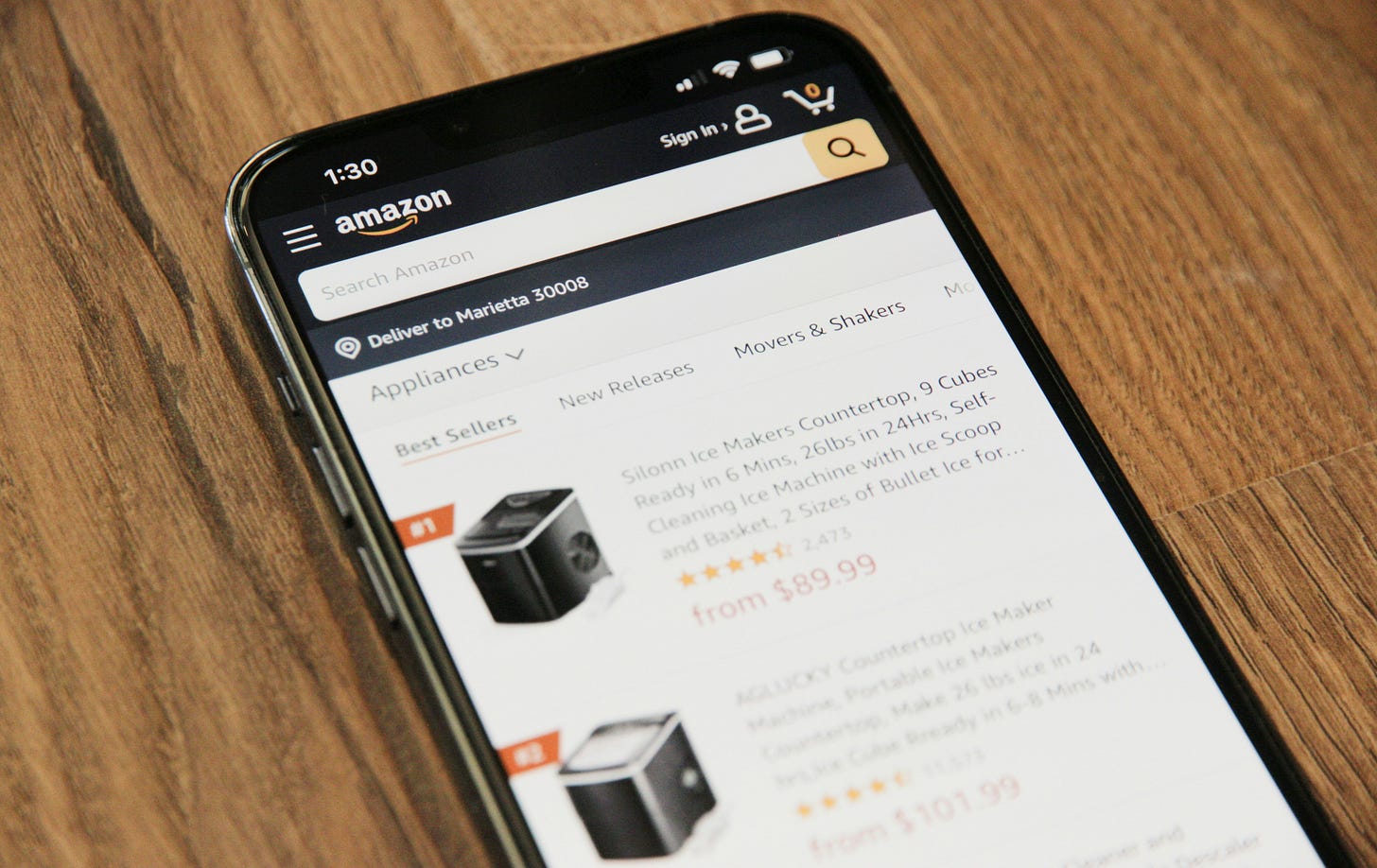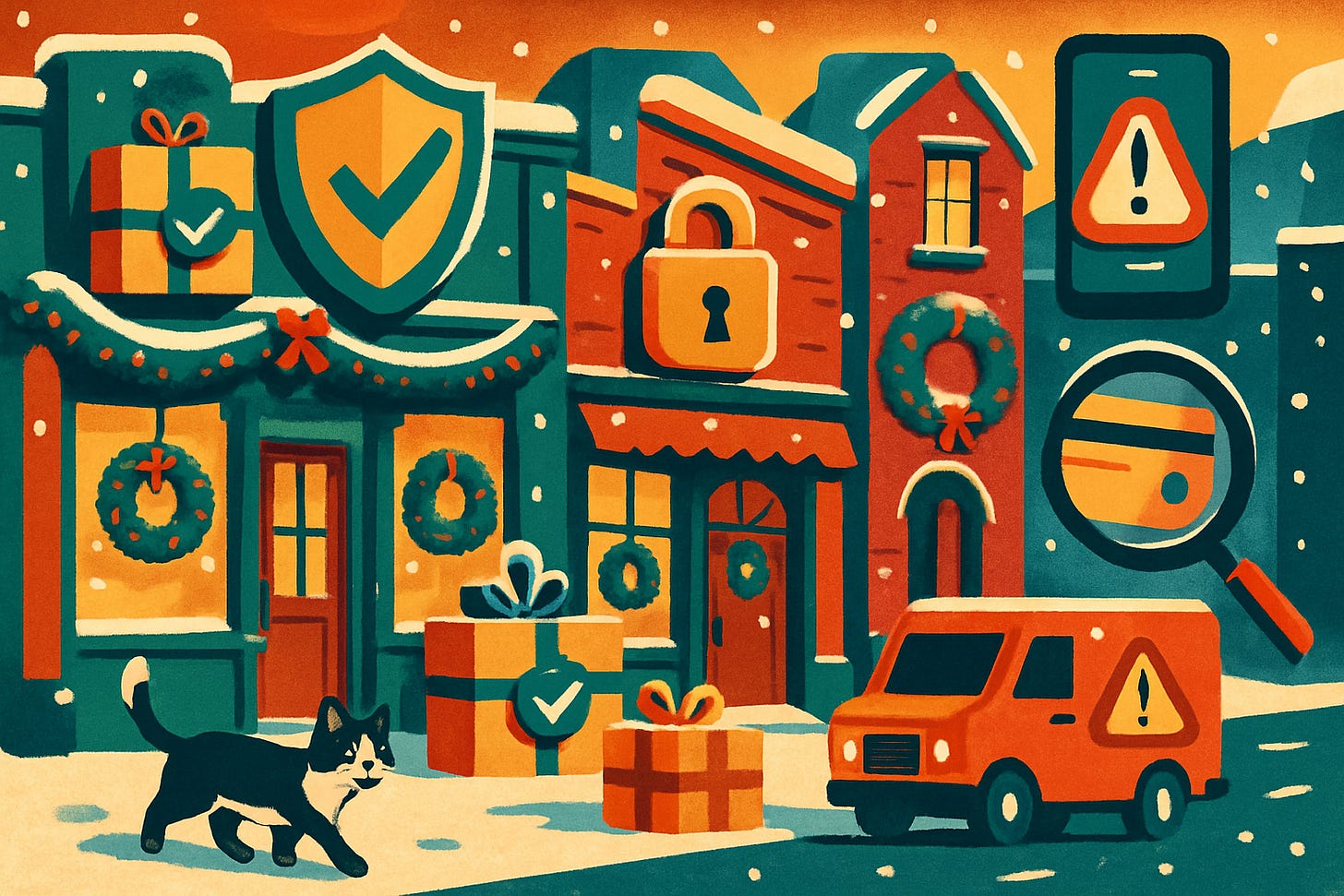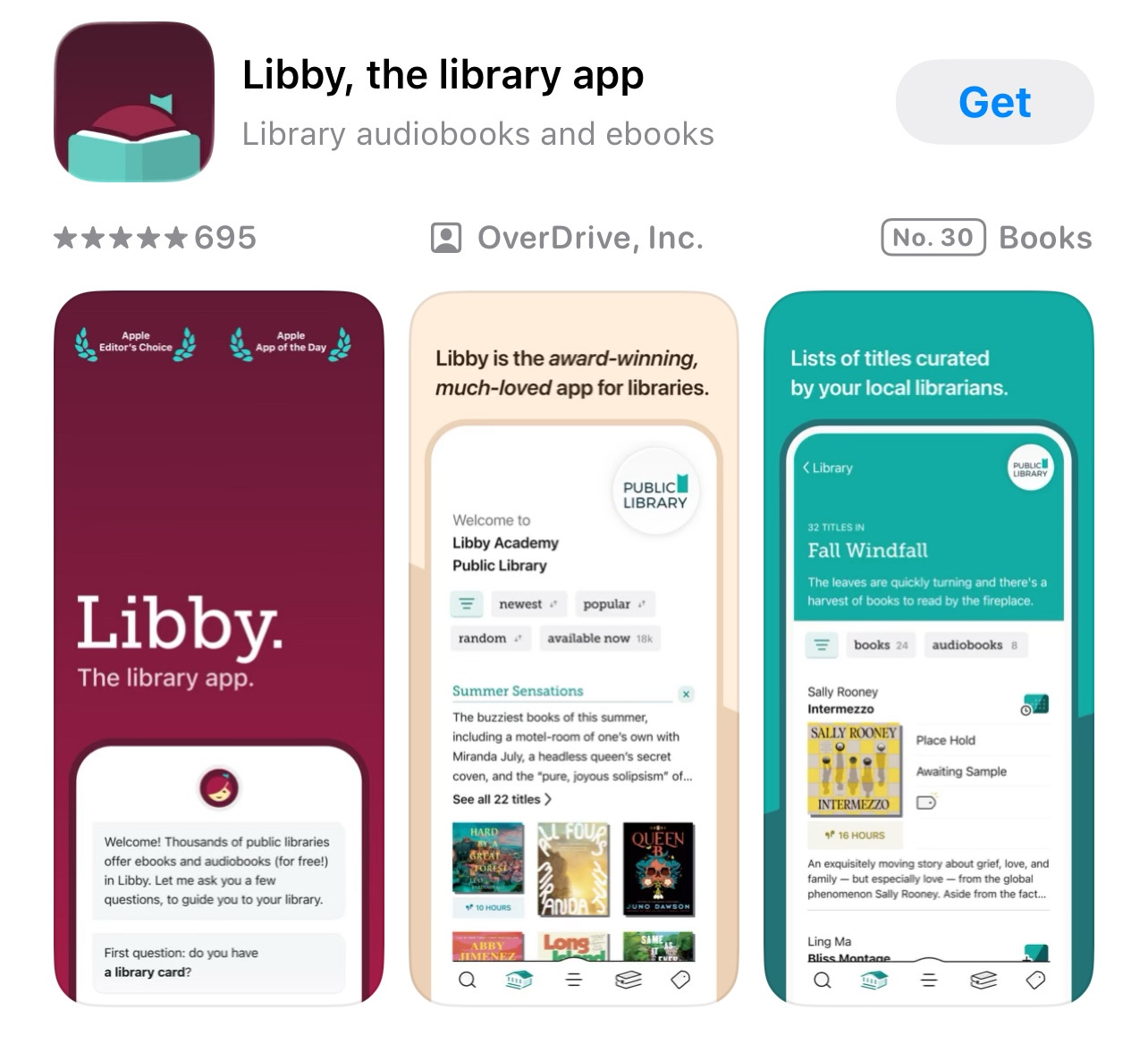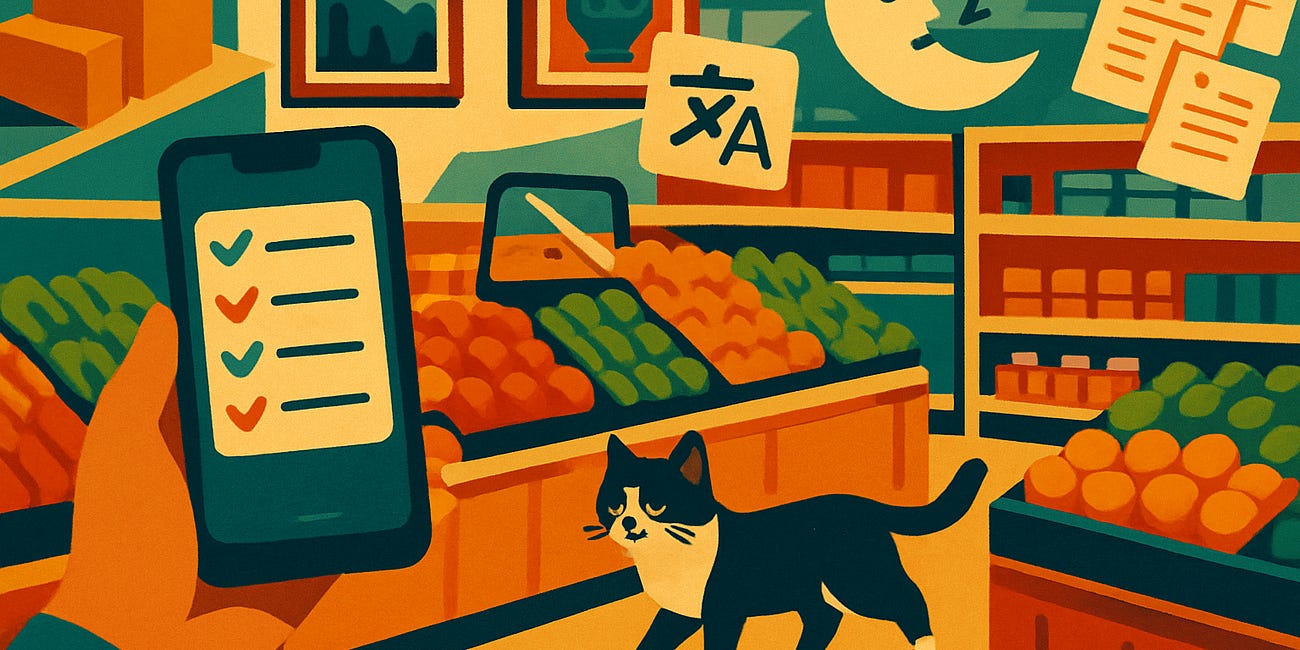The Security Checks That Save You From Online Shopping Disasters
Plus: Required Windows update, free Libby magazines, shipping scam alerts, and Gmail privacy update
As a European, I have never embraced the concepts of Black Friday and Cyber Monday. I buy something when I need it, not because others push me to do so on a particular day. Therefore, the discount of 20 percent for the first year that you find in this newsletter is permanent, simply because I find it only fair that if you commit to paying a full year for a newsletter that is relatively new for you, I will help you in reducing the risk by a lower one year price (far less than 12 monthly payments) and on top of that I take 20 percent off.
But, whether you like the concept or not, Black Friday emails will be flooding your inbox. Cyber Monday deals flash across your screen. Between now and December 31st, you’ll see more “limited time offers” than the rest of the year combined.
Scammers know you’re shopping, and they’ve gotten frighteningly good at making fake stores look real.
And that brings us to the theme of today, avoiding online shopping disasters. Tip number one: don’t join the Black Friday madness. But many of you likely will because it is a truth universally acknowledged, that a shopper in possession of a good desktop, must be in want of a scam to fall for.
Last year, Americans lost $10 billion to online shopping scams during the holiday season. The fake websites looked perfect. The phishing emails appeared to come from what seemed like Amazon. Even careful shoppers got caught because the scams have evolved beyond the obvious spelling mistakes we were taught to spot.
Today you’ll learn:
The five-second browser check that reveals fake shopping sites
How to verify any online store before entering payment details
Two apps that automatically find real coupons and flag suspicious sites
Why that “package delivery problem” text is always fake
Which payment methods protect you and which leave you exposed
And much more
For new readers: Screen Skills provides practical digital advice that everyone can understand and apply within minutes. Discover hundreds of simple tricks that make your digital life more efficient and enjoyable.
Think of the money you will save by not falling for an online scam after reading this newsletter (and by becoming more critical of the Black Friday craze).
The good news: this newsletter is not a scam.
Today, and every day, you can get a 20% discount on the first year of your subscription. If this newsletter provides useful information that reduces your screen frustration, improves your output, and makes spending time online more fun for you, please consider supporting this newsletter that occupies a unique niche on Substack: digital tips for non-digital people.
Why holiday shopping attracts scammers
Scammers tend to operate on a larger scale during the holidays. They know you’re buying from new stores, expecting multiple deliveries, and moving quickly through purchases. Scammers assume that your usual caution will decrease when you’re hunting for the perfect gift with limited time.
The sophistication has increased dramatically. Fake sites now copy legitimate stores perfectly, including customer reviews, professional photos, and secure-looking checkout processes. They register domains that differ by one letter from major retailers. They send shipping notifications that mirror real ones exactly.
The five essential safety checks
Check the website address carefully
Real: amazon.com Fake: arnazon.com, amazon-deals.com, amazon.shopping-site.com
Look at the address bar before entering any information. Scammers buy domains that look almost identical to legitimate sites. If anything looks unusual about the URL, close the tab immediately.
Extra tip: Buy local. Your neighborhood and the environment will love you for it.
Look for the padlock and HTTPS
Every legitimate shopping site uses HTTPS (not HTTP) for secure connections. Look for the padlock icon in your browser’s address bar. No padlock means no purchase. However, having HTTPS doesn’t guarantee legitimacy since scammers now use it too.
Verify the site through Google
Search for “[store name] reviews scam” before purchasing from any unfamiliar retailer. Real stores have years of reviews across multiple platforms. Fake ones either have no reviews or only recent, overly positive ones.
Use credit cards, not debit cards
Credit cards offer fraud protection that debit cards don’t. If scammers obtain your credit card information, you can dispute the charges. If they get your debit card, your actual money disappears immediately. PayPal and Apple Pay add another protection layer.

Trust your instincts about prices
If a normally $300 item costs $49, it’s fake. Legitimate sales rarely exceed 50% off, even on Black Friday. Extreme discounts are the number one indicator of scam sites.
Platform-specific safety tools
Note: Settings menus vary between software versions. If these descriptions don’t match your screen exactly, use the search bar in Settings and type “privacy” or “security”.
For Chrome users:
Settings > Privacy and security > Security > Enhanced protection - Warns about dangerous sites
Google Safe Browsing - Automatically checks sites against known scam databases
Password checkup - Alerts if your saved passwords were exposed in breaches
Chrome flags suspicious sites with red warning pages you shouldn’t ignore
For Safari users:
Settings > Privacy > Fraudulent website warning - Must be enabled
Privacy Report - Shows which trackers Safari blocked
Apple Pay integration - Adds a security layer without sharing card numbers
Safari warns about suspicious sites but less aggressively than Chrome
For Edge users:
Settings > Privacy, search, and services > Security > Microsoft Defender SmartScreen
Shopping features > Price tracking - Monitors legitimate price drops
Collections - Save items to research before purchasing
Edge includes built-in coupon finding, but only for verified retailers
Tip: Install your browser’s official password manager extension. These tools recognize legitimate sites and won’t auto-fill passwords on fake ones, providing an extra safety signal.
Worth knowing
Online shopping fraud peaks between Thanksgiving and New Year’s, with scammers earning 35% of their annual revenue during these six weeks. The FBI’s Internet Crime Complaint Center recorded 337,000 shopping fraud reports in 2023’s fourth quarter alone.
The term “phishing” originated in 1996 when hackers used email “lures” to “fish” for passwords. Holiday shopping scams evolved from these early phishing attempts. Today’s operations run from professional call centers with scripts, fake websites, and customer service representatives.
Gift card requests remain the top scam payment method. No legitimate business ever requires payment in gift cards. The moment someone requests gift cards for payment, whether they claim to be the IRS, your grandson, or a romantic interest, it’s always a scam.
Mobile shopping increases risk because phone screens make it harder to verify URLs and security certificates. When possible, save mobile browsing for research and complete purchases on a computer where you can better verify legitimacy.
Tech news for you:
Critical Windows Update Required This Week
Microsoft released emergency security patches yesterday, fixing actively exploited vulnerabilities. These affect all Windows 10 and 11 computers. Hackers are already using these weaknesses to install ransomware through email attachments. Update immediately: Settings > Windows Update > Check for updates. This isn’t optional. Until you update, avoid opening any email attachments, even from people you know and trust.
Libby App Adds Magazine Access
The Libby app that lets you borrow library ebooks now includes thousands of digital magazines free with your library card. Popular titles include Consumer Reports, The Atlantic, National Geographic, and Good Housekeeping. Current issues appear the same day as newsstands. Open Libby, tap Browse, then Magazines.
Your library card suddenly became much more valuable.
Gmail’s Hidden Tracking Pixel Blocker
Google quietly activated enhanced tracking protection in Gmail. Marketing emails often include invisible pixels that report when you open messages. Gmail now blocks these by default, protecting your privacy. The feature works automatically, but you can verify it’s active: Gmail Settings > General > Images > Ask before displaying external images. This stops companies from knowing when you read their emails.
Today, you can get a 20% discount on the first year of your subscription. If this newsletter provides useful information that reduces your screen frustration, improves your output, and makes spending time online more fun for you, please consider supporting this newsletter that occupies a unique niche on Substack: digital tips for non-digital people.
App spotlight: Honey
For those who love shopping, I've found an excellent app: Honey automatically finds and applies coupon codes at checkout for over 30,000 stores. While the internet is overrun with fake coupon sites, Honey is a legitimate platform, having been owned by PayPal since 2020.
The browser extension watches while you shop, then tests every known coupon code at checkout. It typically saves 10-15% per purchase.

Honey also tracks price history. Their Droplist feature monitors items you want and notifies you when prices drop. The Amazon price tracker helps you determine if you’re actually getting a Black Friday deal or just regular pricing with holiday marketing.
Free forever, Honey makes money through retailer commissions. Download from joinhoney.com or search “Honey extension” in your browser’s extension store. Setup takes two minutes. Just remember: Honey only works on desktop browsers, not mobile apps.
Substack tip
Substack now bundles newsletter subscriptions for better deals. If you subscribe to multiple paid newsletters, check for bundle options that offer savings of 20-40%. Writers create these bundles together, offering their newsletters as packages.
To find bundles: Visit any paid newsletter you enjoy, scroll to the subscription section, look for “Part of a bundle” or “Bundle deals available.” Many writers don’t advertise these aggressively.
You can also suggest bundles. If you subscribe to several newsletters, consider emailing the writers to suggest they bundle them together. Writers appreciate the idea since bundles increase subscriber retention. This approach works particularly well for newsletters in similar categories, such as cooking, technology, or culture.
Meanwhile: The “package problem” text is always fake
That text saying “USPS: Your package couldn’t be delivered” is fake. So is the FedEx version. And the UPS one. And the Amazon one. Legitimate delivery companies never text links about delivery problems.

These smishing (SMS phishing) attacks exploded 328% during last year’s holidays. The messages look real: “USPS: Package 9X7B4 undeliverable. Verify address: [link].” Click the link, and you’ll be directed to a fake site that requests personal information or payment for “redelivery.”
Real tracking works differently. USPS, FedEx, and UPS only send text messages if you have signed up for their specific notification services. They include your name and the full tracking number. They never request payment or information via text links.
If you’re concerned about a package, visit the carrier’s website directly and enter your tracking number. Never click text message links, even if the message seems to reference a purchase you made. Delete these texts immediately.
Yesterday’s newsletter:
Thanks for all the reactions to yesterday’s newsletter. I took note of all your comments about using Notes and noted what you like and dislike. It’s too late in the evening to address all that you wrote, but I haven’t forgotten, and I will pick this up later this week. To summarize: I took note of all your comments, including Mrs. Bennet’s DM, and any sensible writer would, and I shall endeavor to marry good advice with good sense.
Did you read this one?
Smart Shopping Lists: The Apps That Know What You Need Before You Do
Your paper shopping list gets forgotten at home, items get crossed out illegibly, and you still forget the milk. Smart shopping list apps on your phone solve these problems while adding features you didn’t know you needed: automatic organization by store aisle, sharing with family members who can add items in real-time, and learning your buying patterns…
Questions?
What’s your worst online shopping experience? Was it a scam you caught, a fake review you believed, or a deal that seemed too good to be true? Reply and share what happened. Your story might help another reader avoid the same problem.
Until next time,
Alexander
Today, you can get a 20% discount on the first year of your subscription. If this newsletter provides useful information that reduces your screen frustration, improves your output, and makes spending time online more fun for you, please consider supporting this newsletter that occupies a unique niche on Substack: digital tips for non-digital people.
When I travel, there is often something extra to enjoy on Patreon:
For Patreon members who missed yesterday’s story and photos of Deventer, click here: 2:00 PM on Walstraat
Or perhaps you enjoyed the article and would like to support my writing by buying me a coffee?
Still here?
Then have a look at my other two newsletters:
The Planet: a weekly newsletter examining American democracy, freedom of speech, and environmental policy through a European perspective. Having lived, worked, and traveled extensively in the US and beyond as a backpacker, diplomat, and journalist, I explore current events through historical context, showing how lessons from the past inform today’s challenges to democratic values and planetary health.
I published this article on Wednesday:
Daybreak Notes and Beans: a daily newsletter with a focus on positive news to counterbalance the negative headlines you see all day. Five days a week, I share ten uplifting news stories about science, health, art, travel, archaeology, or any other topic that I think you’ll enjoy reading or that will give you hope now that we need that.
Have a look by clicking here:
Yesterday, I published:









This is good information and thanks for sharing it early enough to help with planning.
And thanks for acknowledging holiday shopping retailer greed. This year we are boycotting from Nov 25 through Dec 2. "Blackout the System" is in protest of corporate greed, government actions, and economic inequality.
Looking forward to your suggestions from yesterday's Screen Skills questions 📱💻
Super helpful - thank you.
Just reminded me that I wanted to buy two small things from an electronics store. Must buy them before prices go up so they can then offer special Black Friday deals that will still make it more expensive than now. Crazy times.
Good to see that Gmail is catching up. I use a separate email for online shopping / packages. That way I always know if it's real. Plus I hardly order anything, that helps too of course 😉
And! I hate to admit it but I used a local supermarket's digital shopping list earlier this week. I might have liked it 😊 I also activated all the coupons in the app before I went. Made me happy. Thank you.